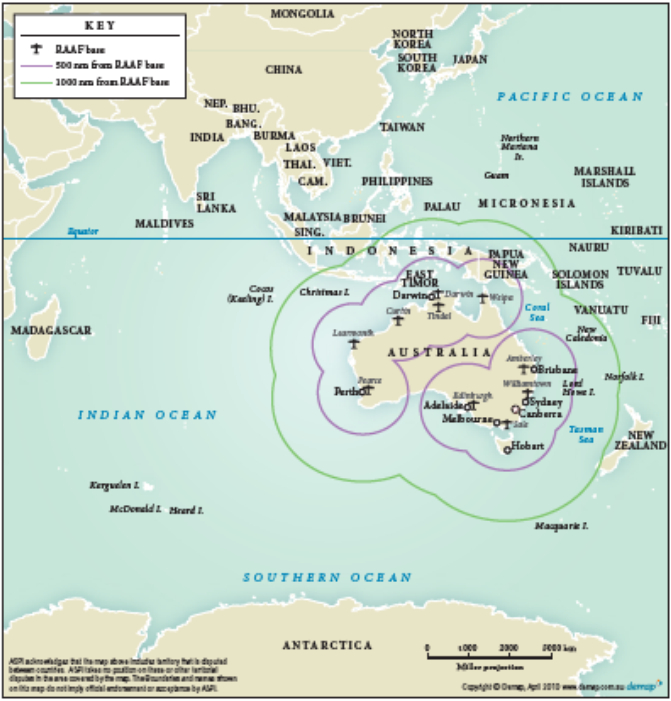In times of peace governments start buying long range supposedly multirole aircraft to replace tactical airpower, ground and sea forces. When the shooting starts tactical airpower comes to the fore as governments scramble to rebuild their withered land and sea power.
Without airpower land and sea forces are at a serious, perhaps fatal disadvantage. Without land or sea power, you have handed those domains to the enemy.
Combined arms and joint operations are the name of the game, if a capability delivers little or nothing to the joint capability there needs to be some very special, game changing, justification in investing in it.
In 1974 Cyclone Tracy hit Darwin and multiple RAN, Army and RAAF elements deployed to assist. This included warships and army combat units, but no bombers. Same happens over and over again, floods bushfires, earthquakes, tidal waves, civil unrest, terrorism, invasion. The use of bombers is the exception, not the rule, submarines probably get more use and at least have a peace time role and a joint function that can't be provided by anything else.
Some people think heavy armour is a nich capability, as I and others claim bombers to be. Again it's different, at its heart, heavy armour is combined arms, it's what enables the other arms to do their job.
The best that can be said for a small force of bombers, is that if all the stars align and they know where their targets are, they may be able to damage, attrite, or destroy them before they can harm our other capabilities, or more to the point, slightly before our other capabilities do the same thing.
Before inflight refueling you needed big aircraft to carry heavy loads and reach strategic distances, even then single seat fighters, not to forget light strike bombers were achieving similar ranges in the last couple of years of the war. Mustang, Mosquito anyone?
Early nuclear weapons needed big aircraft to carry them, but by the late 50s tactical fighters were doing just fine.
Here's an alternative, let's add the $28 billion plus, to acquiring hypersonic strike missiles. Have army mobile launchers, Navy submarine and surface ship launchers and look see if we could launch them from P-8, C-17, or perhaps even KC-30.




